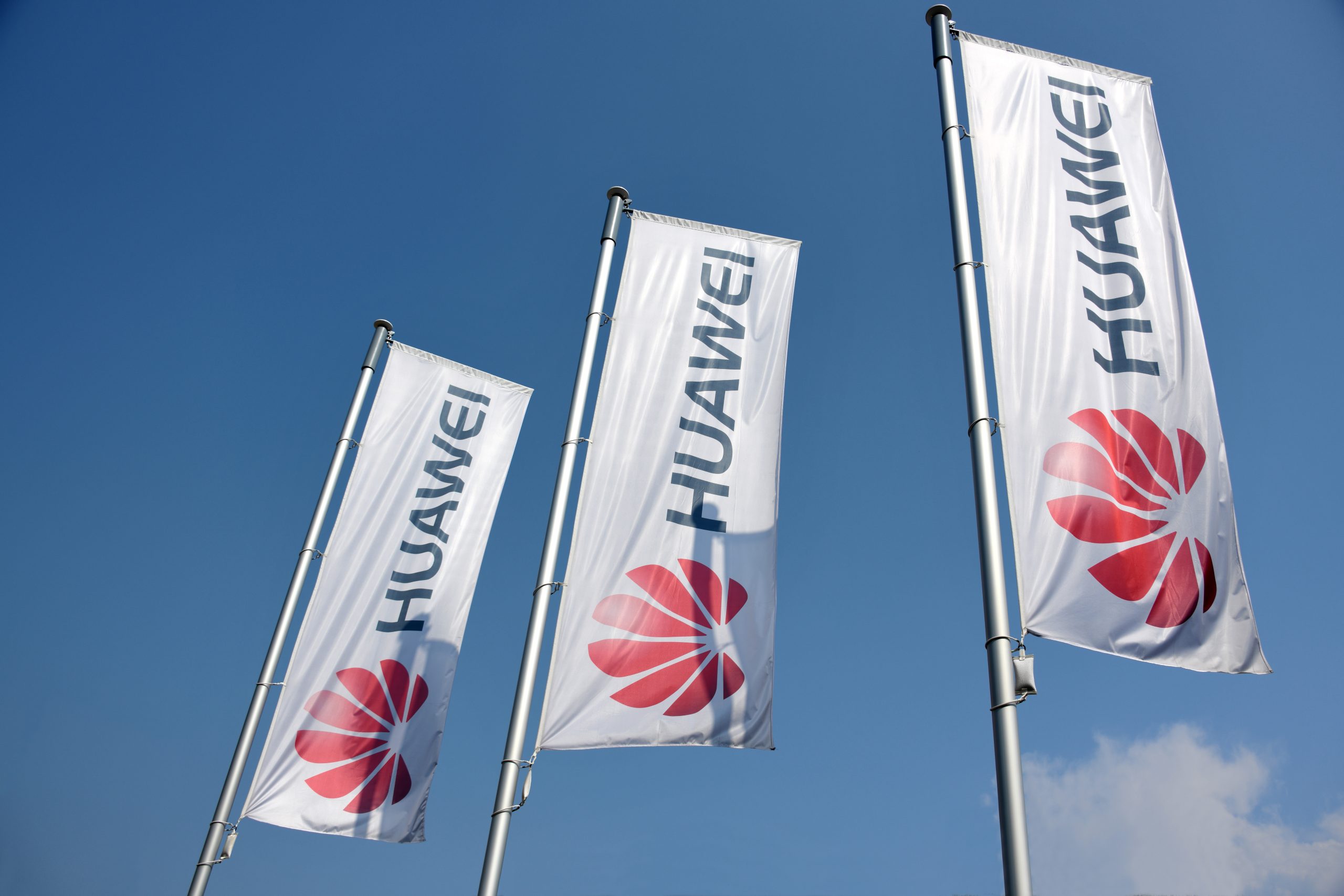A recent management shake-up at Xiaoyuzhou, a leading Chinese podcast platform, has sparked wider concerns about the sustainability of the country’s podcast industry. Three key executives, including COO Chen Linfeng, content chief Ouli, and business head Xiaofu, resigned en masse. The company confirmed the departures, stating it “understands and respects their choices.”
These executives were instrumental in building Xiaoyuzhou’s business from the ground up. Their exit, reportedly preceded by the arrival of a new senior vice president with differing strategic views, highlights a growing tension within the industry: the clash between idealistic origins and the harsh realities of commercial expansion.
At the heart of the problem is a pervasive inability to monetize content effectively. The industry’s monetization dilemma was starkly illustrated by the case of “Buheshiyi,” a top-tier podcast with nearly 500,000 subscribers. The show disclosed that over a recent nine-month period, its net revenue was approximately RMB 130,000 (about $18,000 USD), after accounting for production costs. This figure is strikingly low for a program considered among the most successful in the space.
The primary revenue streams for Chinese podcasts are brand advertising and paid subscriptions. Both face significant challenges. According to Statista, China’s podcast advertising market is projected to reach $479.1million in 2025, a mere fraction of the revenue generated by short-video platforms.
The fundamental issue is a mismatch between the medium and market demands. Podcasts are inherently a “slow media”: deep, long-form, and often consumed passively during commutes or chores. This contrasts sharply with the instant conversion metrics most advertisers seek. Furthermore, production is time-intensive. A 2024 industry report by JustPod found the average creator spends nearly 13 hours producing a single episode. Yet, this high input rarely yields high returns. According to the report, the paid subscription model is challenging. Only 24.6% of experienced creators have ventured into paid content. Consequently, nearly 80% of podcast creators work on a part-time basis, creating a vicious cycle: low monetization prevents full-time commitment, which can limit content quality and audience growth, in turn deterring advertisers.
In search of a solution, platforms are experimenting with video podcasts, or “vodcasts.” Major Chinese platforms like Bilibili and Ximalaya are launching initiatives to support creators who add a visual component to their shows. The logic is clear: video has a mature commercial ecosystem with proven paths for ad revenue, sponsorships, and e-commerce.
Early data suggests potential. Bilibili reported 25.9 billion minutes of watch time for video podcast content in early 2024 without major promotional effort. However, this shift raises existential questions. Adding video transforms the experience from a background companionable medium into one that demands visual attention. Production costs and skillsets change drastically, requiring expertise in lighting, filming, and visual editing. Critics worry that in the pursuit of visuals and revenue, podcasts risk losing their core identity: depth, intimacy, and trust, and simply become another crowded, mid-length video format.











